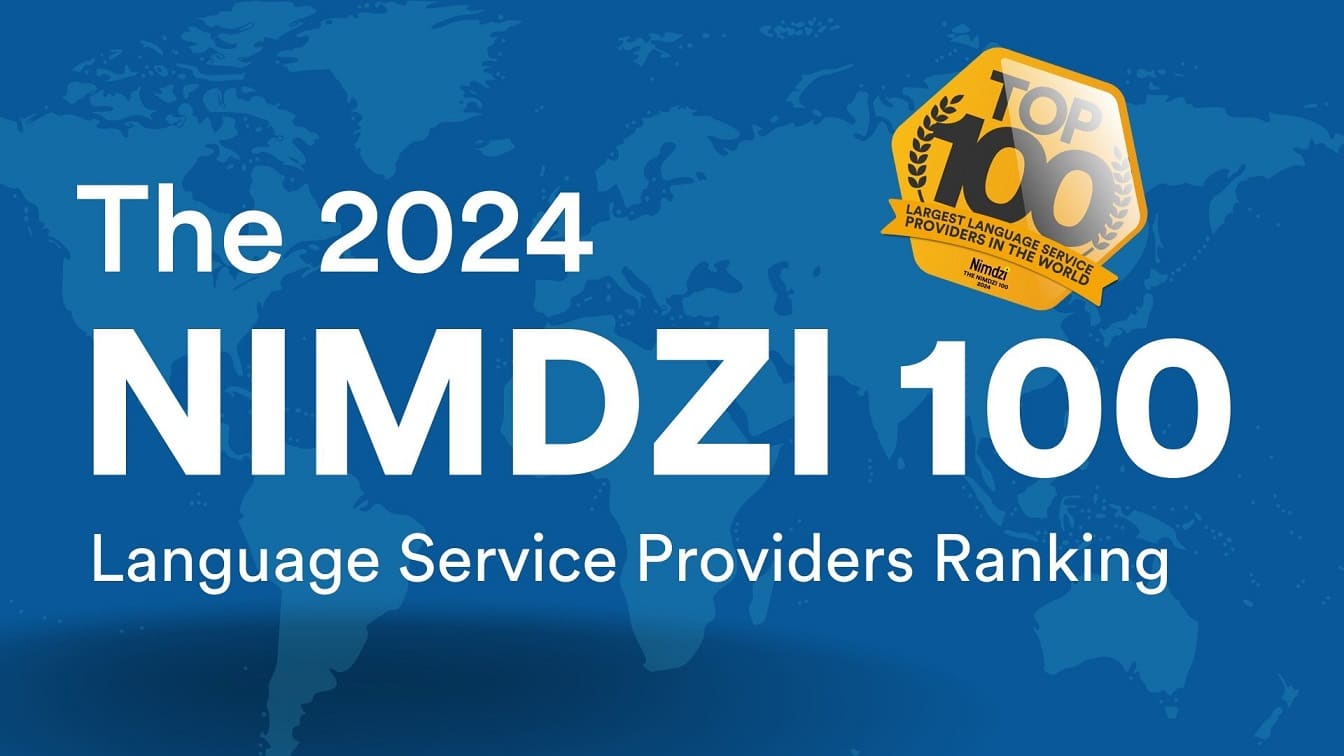Accessibility flaws on government websites continued to create barriers for users with disabilities in 2021. Surprising results from federal government website audits even indicated that the Americans with Disabilities Act website itself was not immune to inaccessible content.
In 2022, government agencies should be keenly aware of the roadblocks their sites might be creating and the consequences of lacking accessibility. Luckily, there are simple steps they can take to make their online presence more inclusive and engaging.
Most Frequent Website Flaws
People with disabilities often rely on assistive technology when using the internet. For instance, a person who is Deaf or hard of hearing will rely on captioning to understand audio content. A person who is blind may use a screen reader that translates text into audio content or braille. Individuals with mobility disabilities might navigate the internet with dictation tools.
While these accommodations are beneficial, websites themselves might fail to offer content in a format that everyone, and their technology, can access. Here are some common government website errors that were called out in recent months.

Flaw: Contrast errors
Many major federal government agencies’ websites had significant contrast errors. One audit discovered 79 instances of this accessibility flaw on the Senate’s website alone. Although whitehouse.gov performed reasonably well in most audits, it also had a handful of contrast errors that make its site inaccessible to people with color-related vision disabilities.
The Fix:
The Web Content Accessibility Guidelines (WCAG), which are the basis of federal web accessibility regulations, create color contrast standards. WCAG 2.0 is the current version of the guidelines that government agencies must meet. Contrast ratings of 4.5:1 for normal text will adhere to WCAG 2.0 AA standards. Tools like WAVE can check color contrast. Avoiding specific colors is not enough because there are different color-related vision disabilities, so implementing contrast-checking software is the better option.
Flaw: Missing Alternative Text
The Department of Defense website was missing alternative text in fourteen locations. Alternative text, or alt text, accompanies images and allows screen readers the ability to provide information included in an image. Sometimes, the image might be purely for aesthetic purposes, and in other cases, it might provide valuable contact or information, such as in the case of charts or graphs.
The Fix:
Website hosting platforms offer the opportunity to add alternative text to images. For example, in WordPress, the option for adding alt text appears with the “attachment details.” Effective alt text should include useful information rather than anything redundant. A screen reader will identify the image as an image, so indicating “image of” in the text is an example of redundant alt text. If a site includes a graphic of a compelling statistic, the alt text offers those using screen readers an opportunity to access that content.

Flaw: Empty links, empty buttons and missing form labels
Audits found that www.ada.gov had two empty links and one missing form label, hindering access to information about the nation’s most well-known accessibility law.
If a form requires users to add their name and email address, but the form labels fail to indicate which information goes into each box, those relying on a screen reader will not be able to fill out the form effectively. If a button to submit the form lacks accessible text, then even if the form includes the correct labels, some individuals might not be able to submit their entered information.
Empty links occur when the site uses an icon, such as the YouTube logo, as a way to link to a channel on that site, but fails to use text to state that the icon links to YouTube.
The Fix:
Fixing any of these will require adding descriptive text. In WordPress, this will require altering the HTML related to the flawed button, link or label. Once the added script is in place, screen readers can notify users of the correct information to include or where the link will send them.

Issues with State and Municipal Sites
While federal government sites must meet WCAG 2.0 requirements because of Section 508 of the Rehabilitation Act, state and local governments often face similar or even more stringent standards. Agencies that receive federal funding are subject to Section 504 of the Rehabilitation Act, while most states also have their own mandates.
Similar to federal government agencies, government entities at every level seem to struggle with meeting the public’s accessibility needs and the requirements of relevant legislation. For instance, an audit in California found that the state’s agencies fell short of current standards. Flagler County, Florida, faced litigation for lacking web accessibility on its county web pages. New York City found hundreds of accessibility errors on official city websites.
Notably, some state and local governments, including NYC, aim to adhere to updated WCAG 2.1 guidelines, which involve stricter accessibility accommodations, such as higher contrast ratings than WCAG 2.0 mandates.
Government Sites Need Accessibility Tools
Another accessibility consideration for government agencies in 2022 is that their level of online activity is continuously increasing. Many agencies have active social media accounts, publish video content and hold live online events.
Ensuring video content meets accessibility standards will require different tools than those needed for stagnant images and web pages. Rather than alt text, people who are blind will require audio descriptions to digest visual information in videos. Likewise, captions are vital when people who are Deaf and hard of hearing watch videos.
Live events, including webinars and press releases, are great for connecting with the public, but they create a need for live, real-time accommodations. Many government agencies are enlisting Verbit to provide their live captioning to ensure that these events meet accessibility standards, which rarely happens with free or built-in technologies on video and streaming platforms.
Verbit offers professional closed captions, live captions and audio description solutions built for government agencies’ needs. Contact us to learn more about how our user-friendly accessibility tools are supporting government institutions like the Library of Congress, the CDC and NASA.




